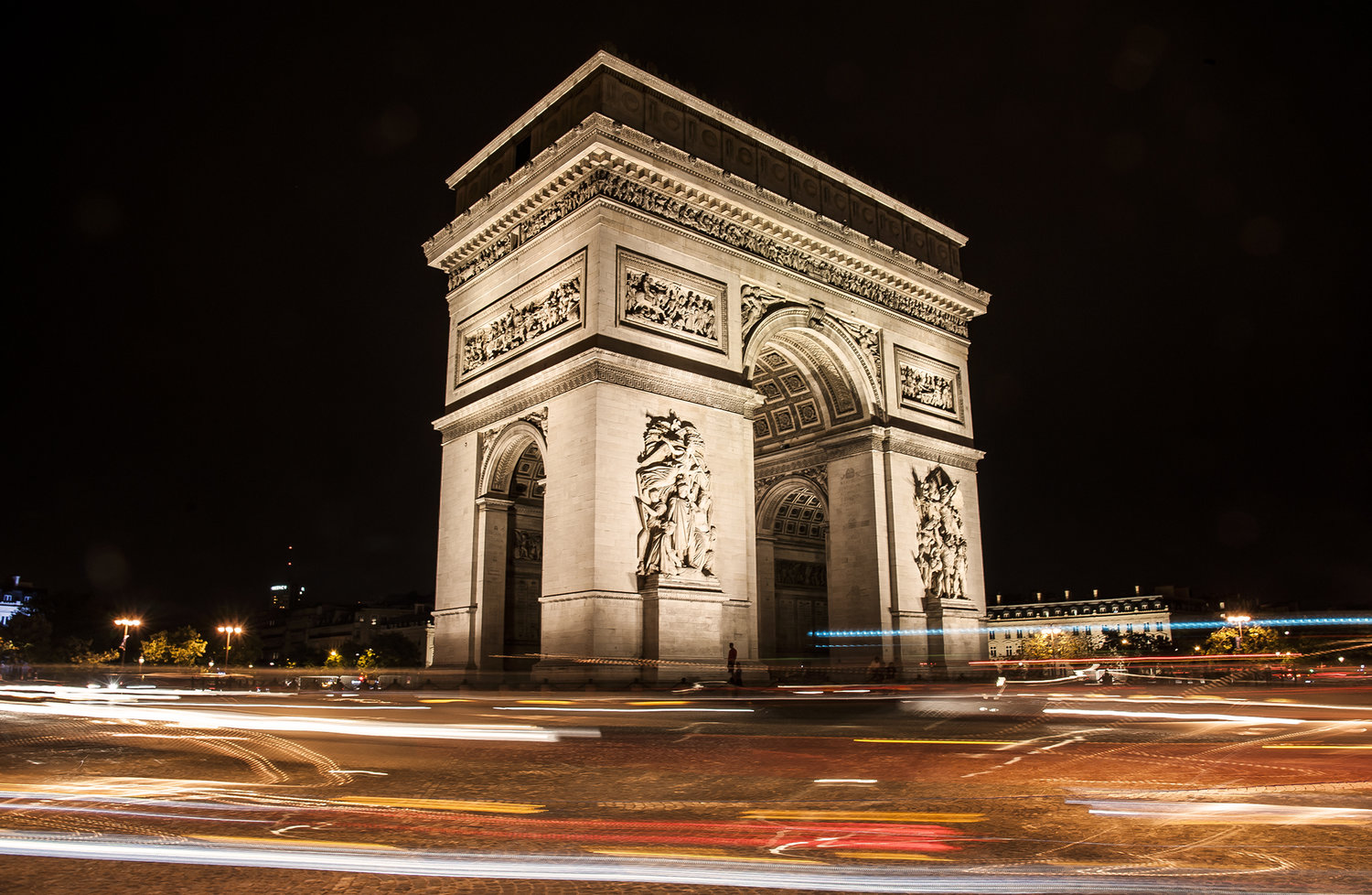The four DSLR Basics in my opinion: ISO, Aperture Shutter, Speed, White Balance.
Click any photo to enlarge, click anything bold for a link or example.
ISO
- General sensitivity of the sensor's ability to receive light
- Higher ISO = brighter image
- Indoor shoots - recommend 2000 ISO and higher
- Daylight shoots - recommend 1000 or lower
- Lower ISO = higher quality image, creamier images, best quality the camera can output
- Higher ISO - still good, but too high and you can start to run into digital noise
Aperture
- Iris, or opening of lens. Let's in the light
- Expressed in F numbers or F-stops
- Higher F number = smaller opening, less light in | Lower number = larger opening, more light
Control blur
- lower f number aperture, blurry background
- recommendation: eventually learn how to control your "auto focus points" when shooting. That way you can tell the camera exactly what to put in focus and what will be blurred.
Affects exposure
- Can affect your exposure - lower f number aperture = brighter image
- not recommended as a way to adjust exposure, but still possible
Shutter Speed
- The clap or click of the image.
- The amount of time the shutter is open... amount of time light is hitting the sensor.... amount of time the camera is recording the image.
- Expressed in fractions of seconds - 1/30th of a second, 1/80th of a second, 1/100, 1/320....etc.
blur or freeze motion
- faster shutter - freeze motion
- slower shutter - blurry or smooths objects in motion
- 1/100 or faster will effectively eliminate blur while shooting, unless you're really shaking the camera a lot
affects exposure
- IMHO: quickest and easiest way to adjust exposure while shooting
- while turning your shutter dial, check the viewfinder exposure meter. You will see the exposure change as your shutter changes.
- faster shutter speed= darker exposure | slower = brighter
Long Exposure
- Tripod + night + slower shutter speeds = cool long exposure images.
- Turn shutter speed down to 3, 4, 5 seconds and more to get late night images and streaking lights
White Balance
- Changes the color of the image the camera will create
- Measured by the Kelvin color scale
- Lower K number means a cooler image | higher = warmer
Prime Lenses
- Sharper, more professional quality and look.
- Create great portraits early on.
- Recommendation for portraits: a 50MM f/1.4. Photograph faces in focus, blur the background. People instantly love you and think you're a genius.
- There is a Canon 50mm f/1.4 for $125 and I'm very sure it will work just as well.


























